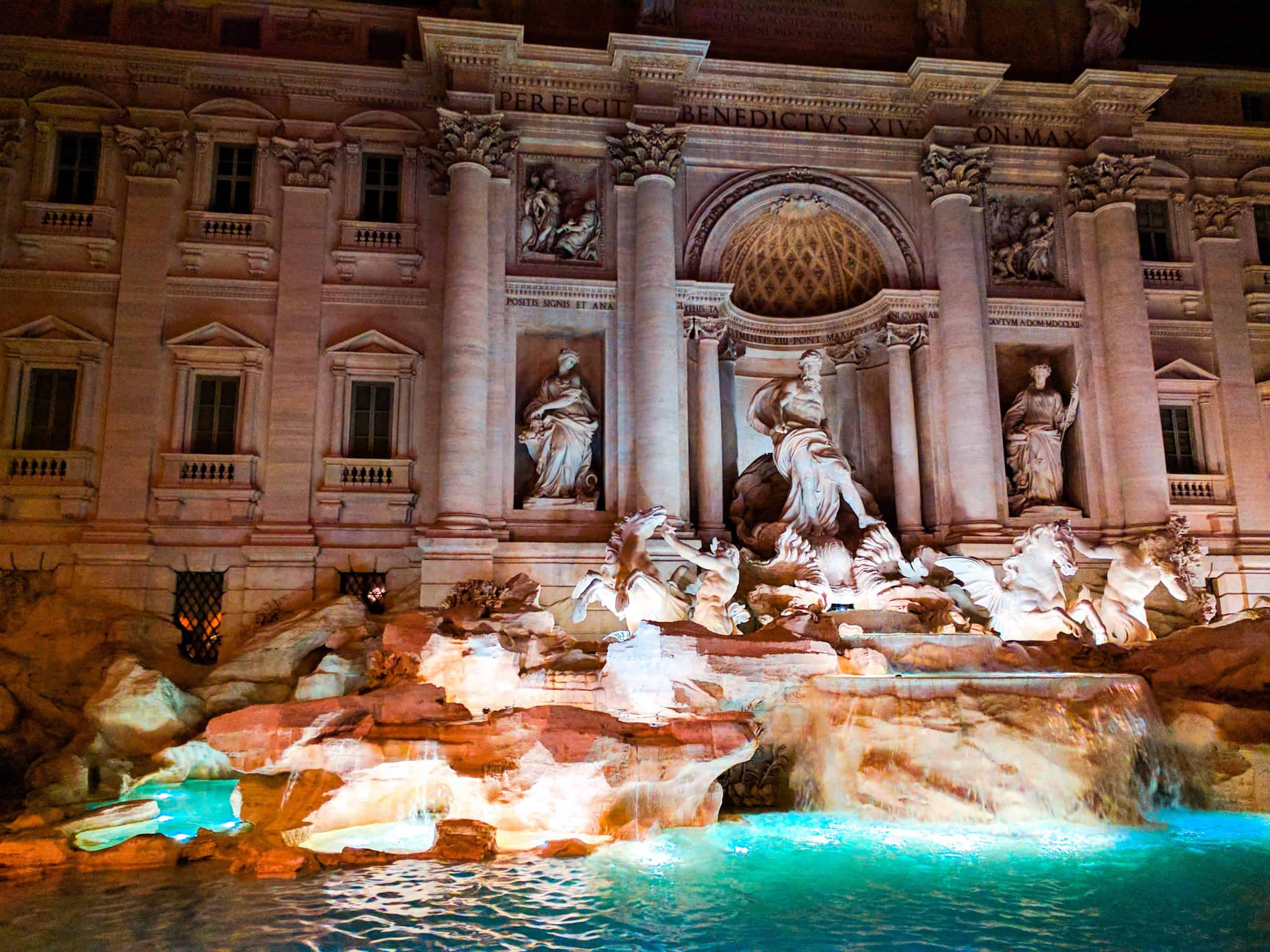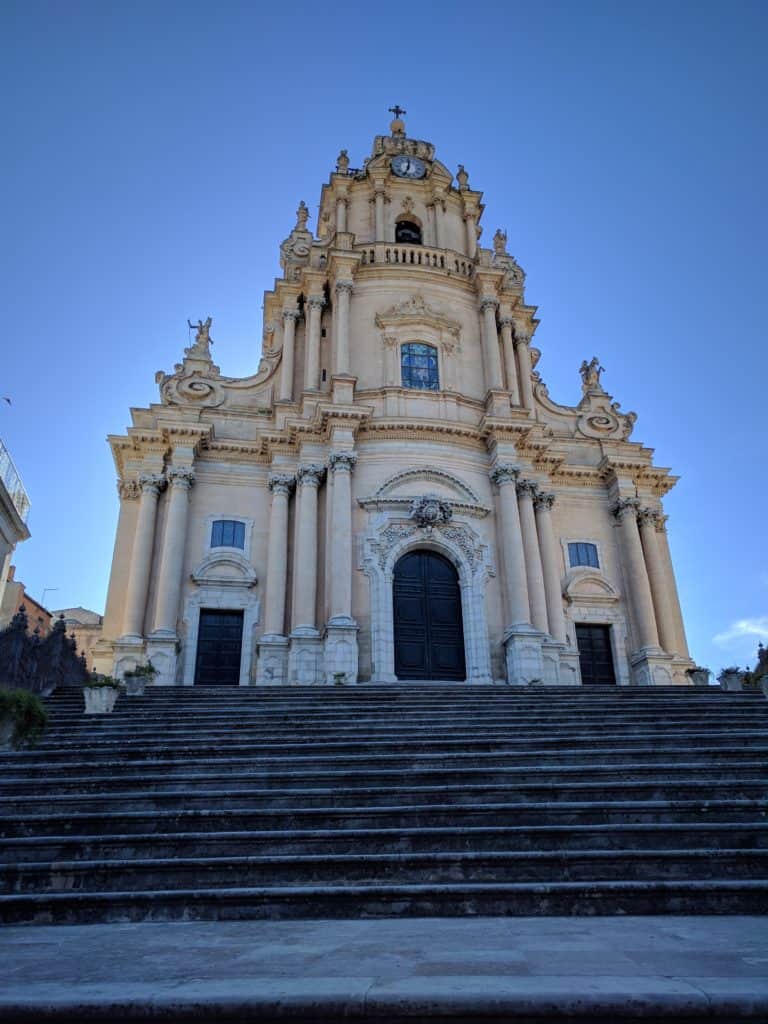How Many Days Do You Need In Rome
If you enjoy visiting historic sites, I recommend spending three days in Rome.
Rome is one of the largest archaeological sites in the world, making it a roamers dream! 😉
With an abundance of piazza’s, prosecco, inspiring views, pasta and cobbled alleyways; Rome encapsulates everything that makes Italy fabulous.
There is so much to see in Rome I’m pretty sure if you lived there your entire life you would only scrape the surface of the history the city has to offer. When there is so much to see my aim is to soak up the atmosphere, take a selfie outside the main sites and eat and drink as much local produce as possible!
Best Guidebook for Visiting Rome
To make the most of my three days I purchased an in depth archaeological guide to Rome. It was the Oxford Archaeological Guide to Rome. Geeky as it sounds, this book was an absolute gem on the trip! The information is well written and condenses the most interesting bits for the on the go tourist. I would highly recommend this book but in case you don’t want to buy it, I have condensed the bits on the top free sites from the book below.
Top 10 Historic Sites To See in Rome
Capitoline Museums
To get to the Musei Capitolini in Rome, you climb the Cordonata, a walkway planned by Michelangelo. At the top you’ll find two huge palaces containing some of Rome’s greatest treasures
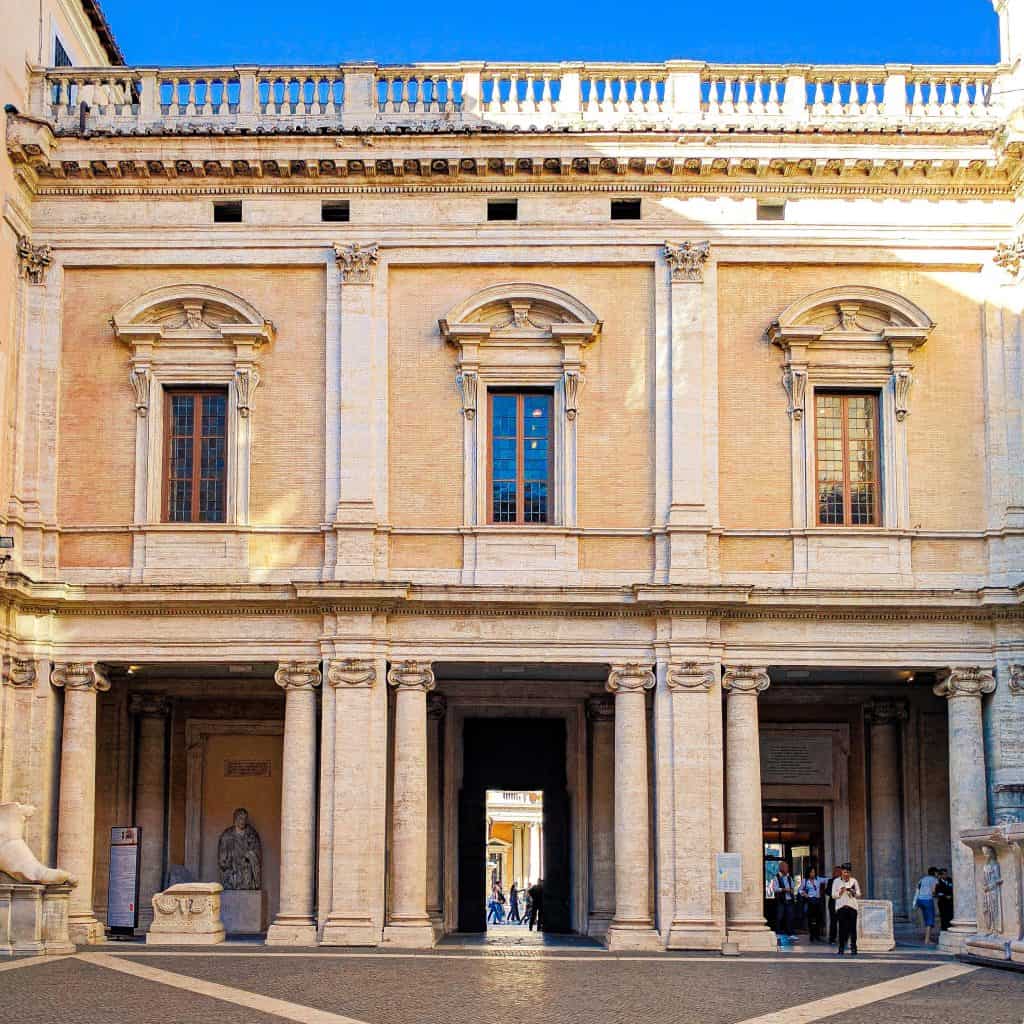
The courtyard of the museum houses these huge outsized body parts of the first Christian emperor, Constantine. These fragments were originally found in the ruins of the basilica of Maxentius and Constantine and date from around AD 313-24.
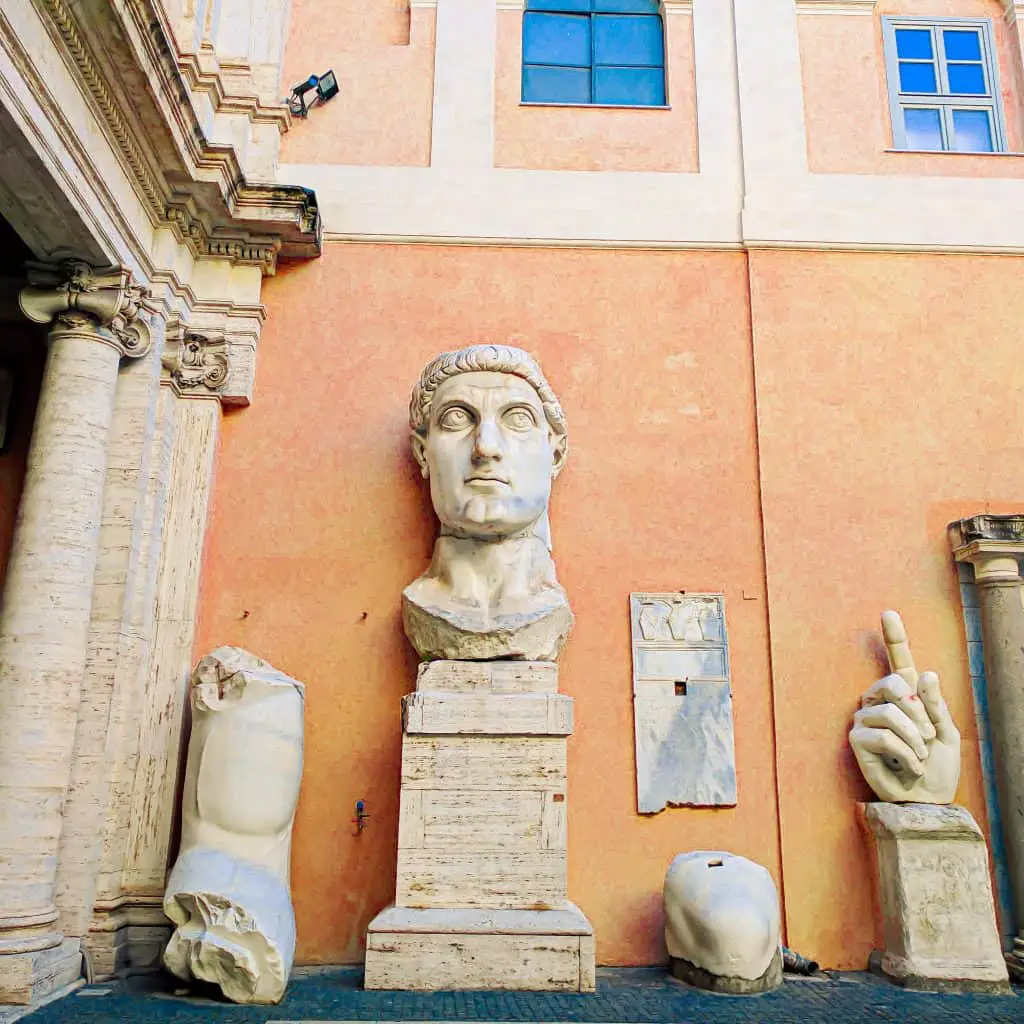
Vatican Museums (Musei e Gallerie Pointifiche)
I am obsessed with old maps so walking into the Gallery of Maps at the Vatican was pretty epic! This incredible gallery is lined with 40 maps! 🗺️ The maps show the lands belonging to the Catholic Church and were painted between 1580-85.
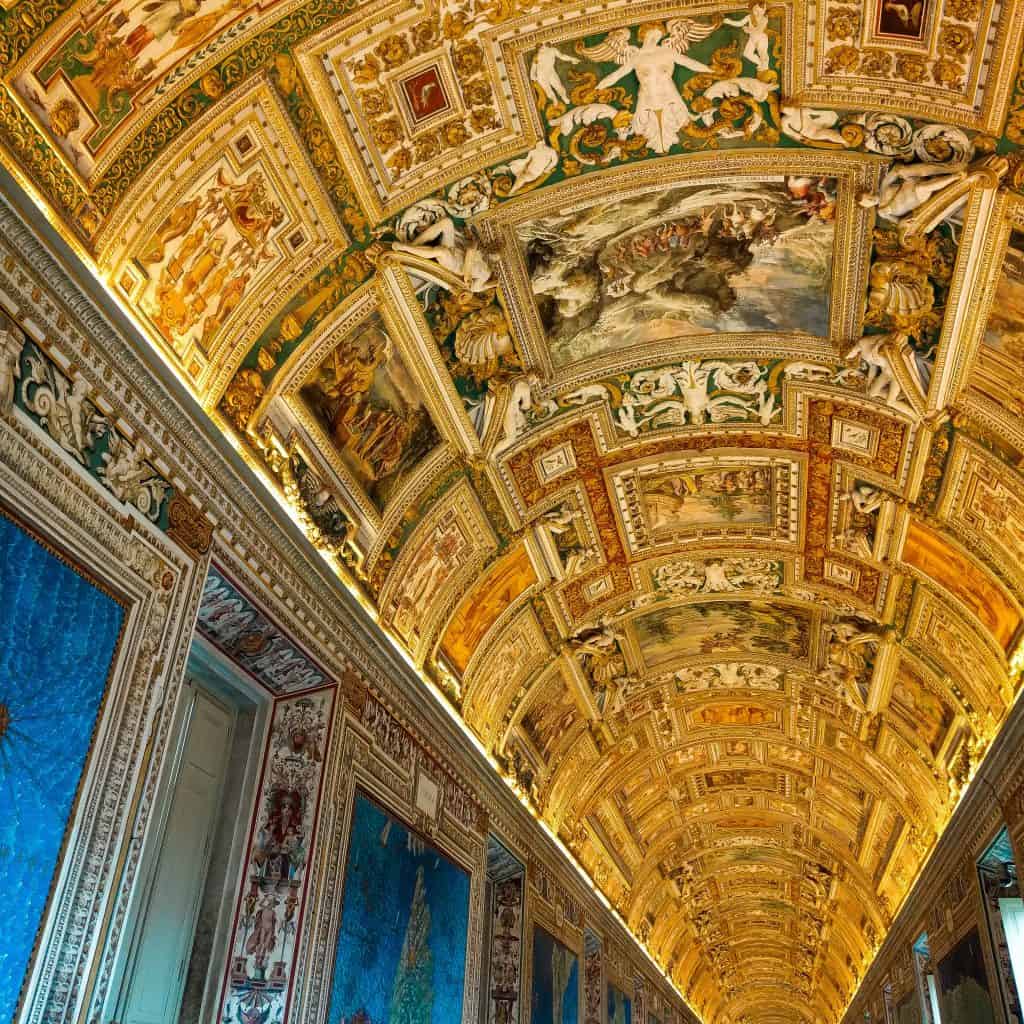
Pantheon
Erected by Emperor Hadrian in AD 118-25, the Pantheon in Rome is one of the most incredible monuments of antiquity. The dome held the world record for the largest concrete span until 1958.
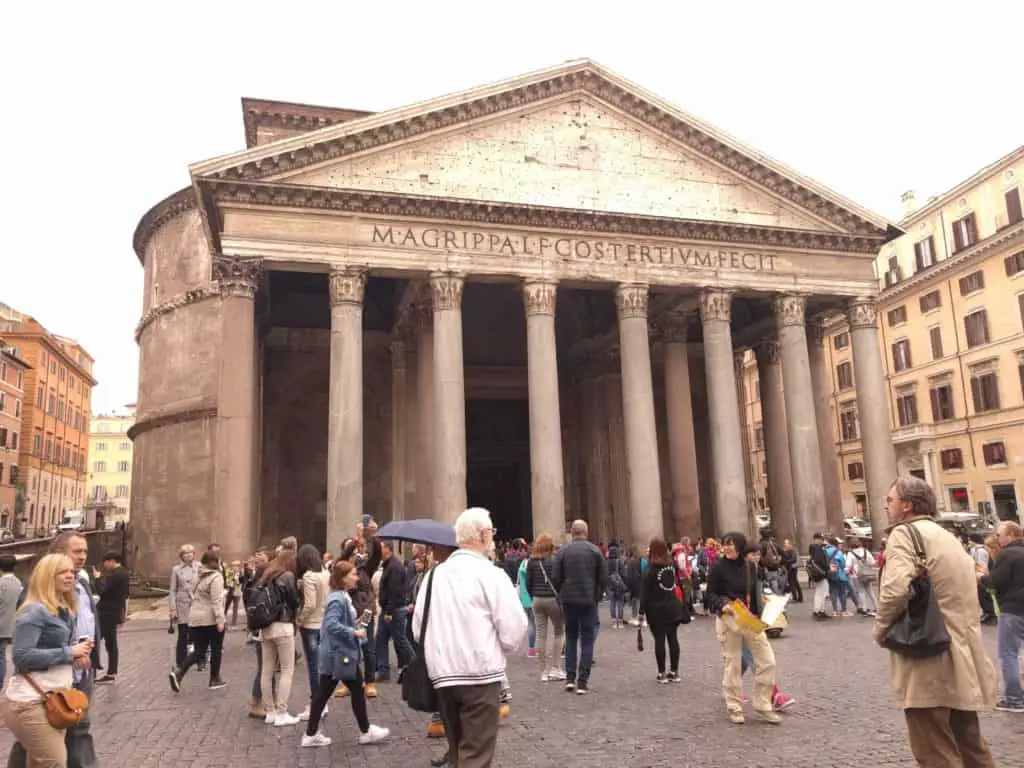
Read the history of the Pantheon here.
Piazza Navona
Piazza Navona can also be referred to as the Stadium of Domitian as it was originally designed for athletic contests. The stadium was inaugurated by the emperor Domitian before AD 86. The stadium was used for various types of event from public executions to gladiatorial games as a substitute for the Colosseum when it was struck by lightening.
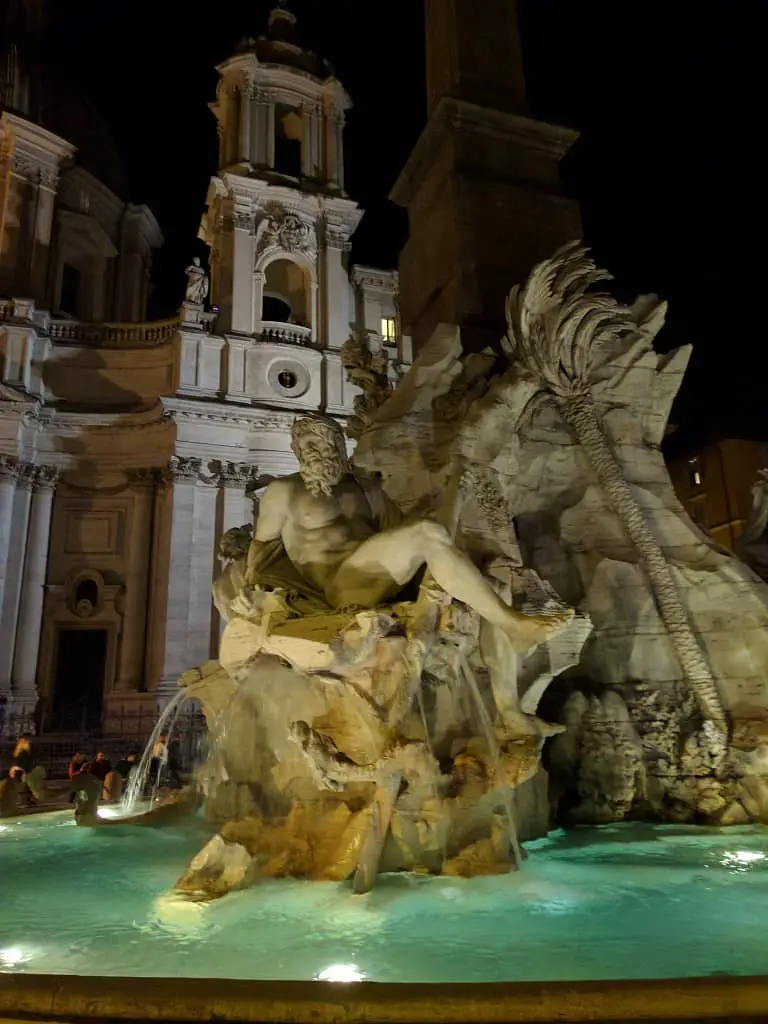
Want to read more about Pizza Navona? Check out this detailed history on Piazza Navona.
Imperial Forum – Trajan’s Markets
Trajan’s Market was built in AD 107-10. It did not serve a single function as we imagine a market today. These buildings were made up of several sections and operated on three different street levels. The different levels were interconnected by staircases.
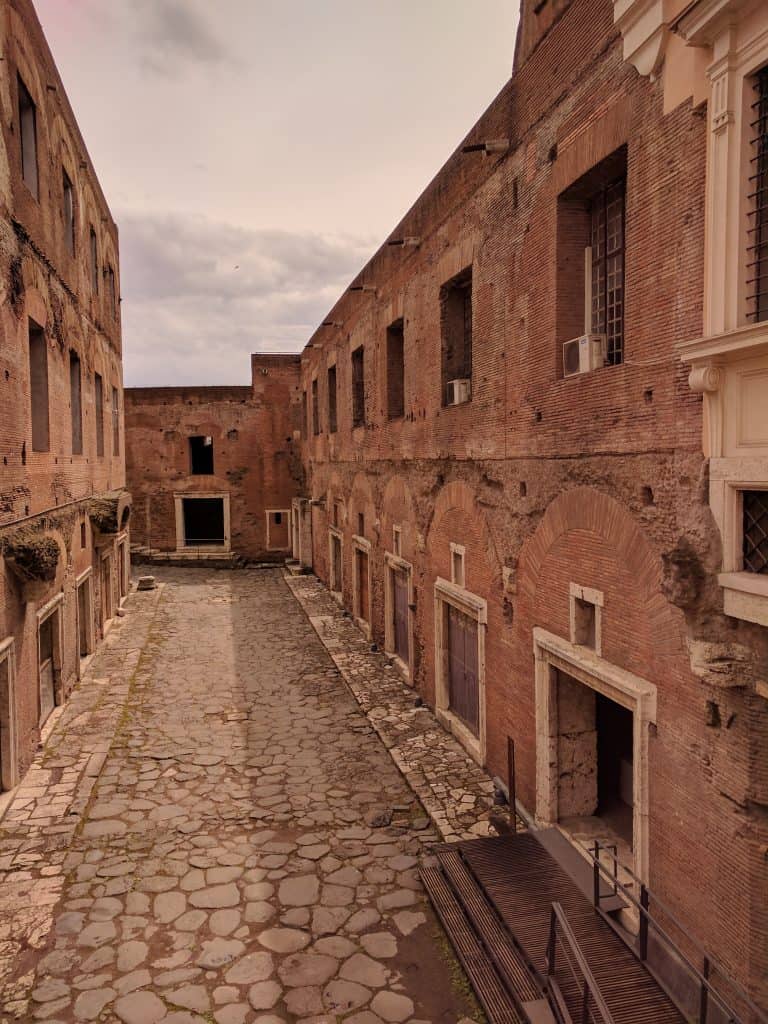
To enter Trajan’s Markets there is an entry fee. You can take in the Markets from Via IV Novembre.
Imperial Forum – Column of Trajan
The Column of Trajan is made up of twenty nine blocks of Italian white marble. Eight for the the base, nineteen for the column and and two for the pedestal on top. The statue at the top of the column was not originally of St Peter, who was placed there in 1588. Originally the column featured a 16 foot statue of Trajan.
The inscription on the SE corner of the base says that the Senate and the people of Rome erected the column in honour of Trajan in AD 113 to show ‘how high a mountain – and the site for such great works – had been cleared away.’ The door beneath the inscription leads to a spiral staircase, which is carved from solid stone and is lit by forty slim windows. At the top of the stairs is a platform where there once was a metal fence around the edge.
The frieze carved around the edge of the column tells the story of the two Dacian Wars. There are 155 scenes in total at two-thirds life size.
Colosseum
Is there an ancient monument more famous than the Colosseum in Rome? I doubt it! This structure needs no introduction so I will keep this brief. The Colosseum in Rome was finished in AD 80. It is the largest amphitheatre in the Roman World. The Colosseum’s basic design was emulated by amphitheatre builders throughout the Roman Empire.
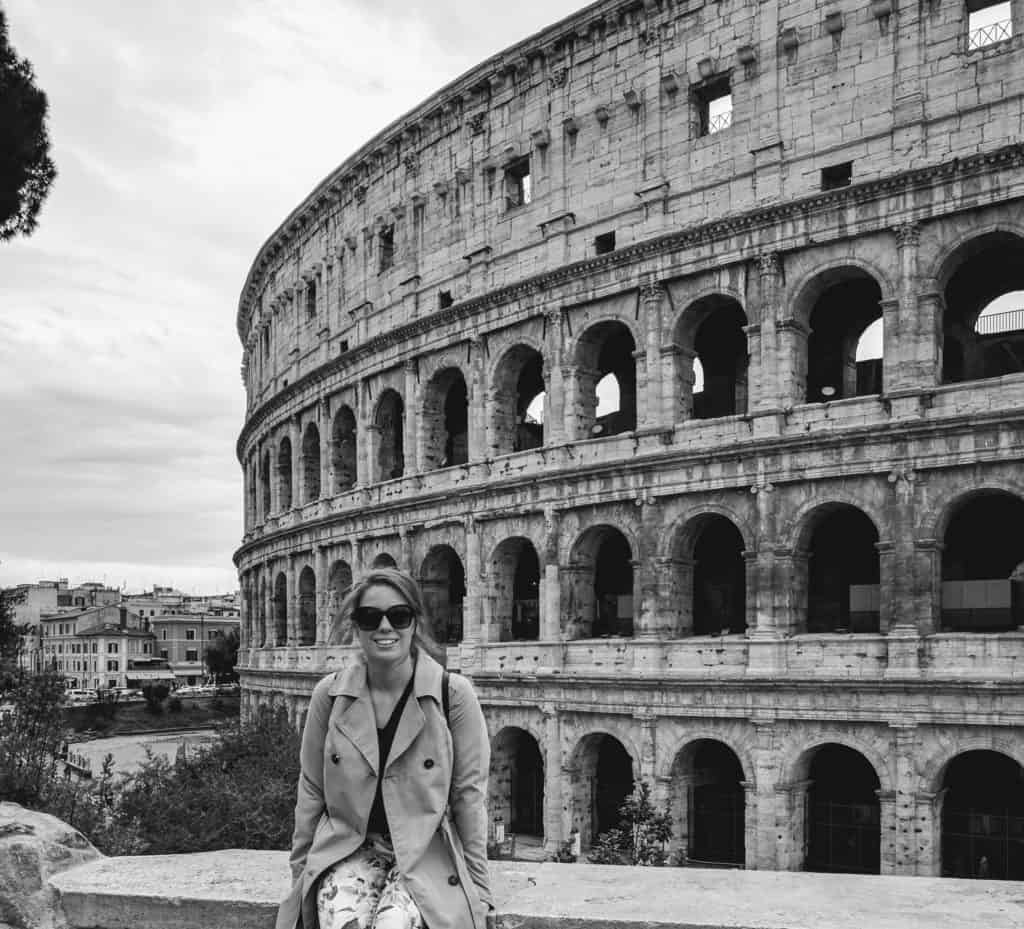
Arch of Constantine
On the tenth anniversary of emperor Constantine’s reign, on 25th July AD 315 this Arch was dedicated. An inscription repeated on both sides of the arch explains its purpose:
To the emperor Flavius Constantine, the Great,
pious and fortunate, the Senate and the People of Rome,
because by divine inspiration and his own great spirit
with his army
on both the tyrant and all this faction
at once in rightful
battle he avenged the State,
dedicated this arch as a mark of triumph
The ‘tyrant’ was Maxentius who had ruled Rome from AD 306 until he was defeated and killed by Constantine’s troops in 312.
Trevi Fountain
The fountain dates from 1732 and is grafted onto the back of a Palazzo, marking the end of the Acqua Vergine aqueduct built by Agrippa in 19 BC! Agrippa is the dude that built the Pantheon too!
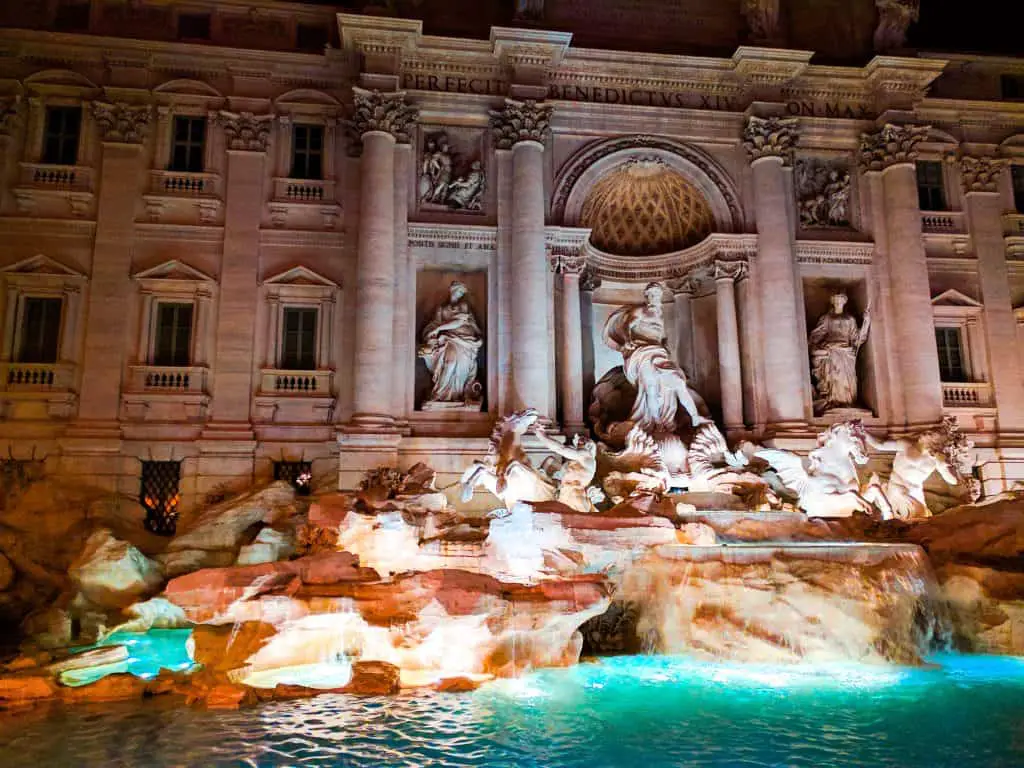
Where to Stay in Rome
In Rome, you can find affordable pasta, coffee and flights from London at bargain prices to Italy. However, I found accommodation very expensive. If you’re travelling with a friend I would recommend paying for an en-suite private room in an Air Bnb. It’s not easy to find a decent looking hotel for less than €120 a night in the centre of Rome so a private room will afford you the nicest stay.
I stayed at the Attilio Regolo (Via Attilio Regolo 12 D, Vatican City – Prati, 00192 Rome, Italy) a 13 minute walk to the Vatican museums in one direction and a 10 minute walk in the other to Piazza del Popolo. It cost £205 (€234) for a 3 night stay over a weekend. The room was clean however it didn’t quite look as fresh as it did on the photo’s. It needed new coat of paint and looked a bit tired. All the facilities were there and if all else fails on finding cheap accommodation(which it did for me) I would recommend staying here. There is a lovely cafe next door which does an excellent cappuccino in the morning.

